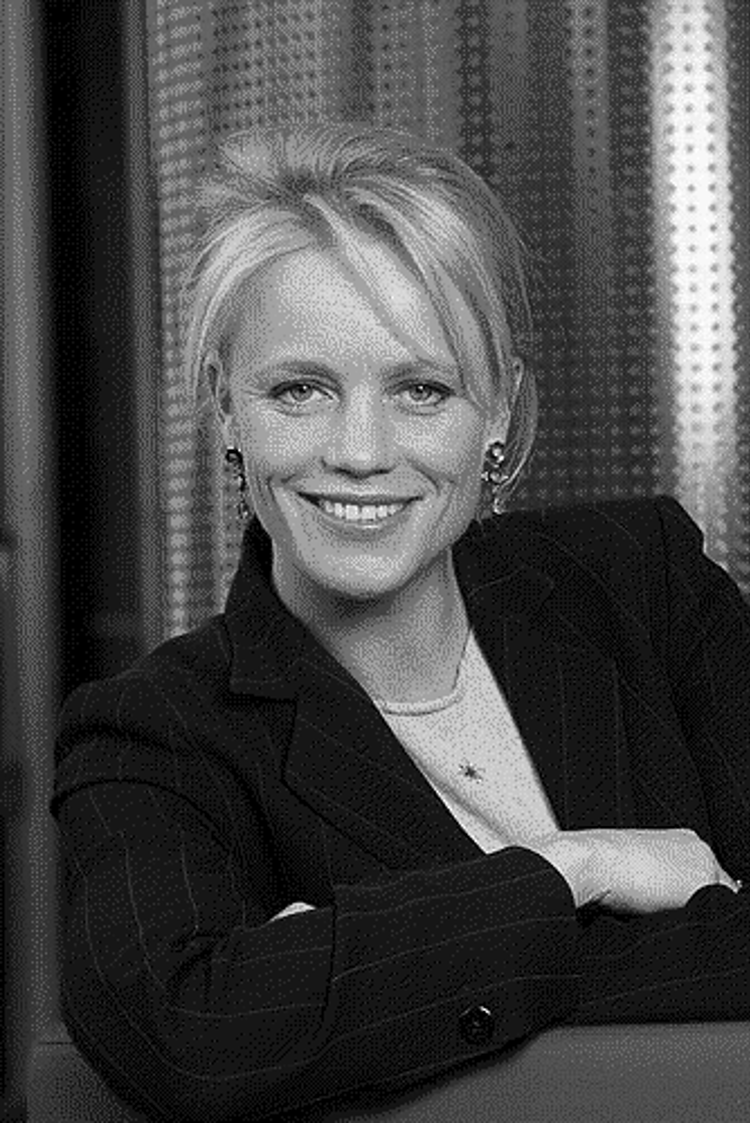To bring this about, KM will provide Seabed 2030 users with remote login privileges for Blue Insight, KONGSBERG’s recently-introduced, cloud-based, modular platform for the secure visualization, processing and sharing of ocean data. Blue Insight enables data to be harvested from any platform, including vessels, USVs and AUVs: it deploys the principle of sensor fusion, wherein data is streamed from a number of onboard sensors to a local database, from where it is transferred seamlessly into the cloud for visualization, further processing and distribution to users.
The SeaKoMaP project adheres to a dedicated memorandum of understanding (MOU) between KM and Seabed 2030, supporting the latter’s unique mandate to map the entirety of the world’s ocean floor by the end of this decade. The pilot project will build upon established solutions such as Qimera, a hydrographic data-processing software package from QPS, but will add an infrastructure that will enable Seabed 2030 to scale one of its many processing pipelines in order to meet its highly ambitious target by 2030.
“With just under eight years left until the end of the decade, and with 80 per cent of the seafloor still to map, how we use the time we have left is paramount,” says Jamie McMichael-Phillips, Seabed 2030 Project Director. “Partnering with distinguished organisations in the maritime technology industry – such as Kongsberg Maritime – that can offer innovative and efficient solutions is vital in helping us reach our goal.”
“We’re very excited to be working with Seabed 2030 on SeaKoMaP,” adds Leif Bildøy, product manager, Blue Insight at Kongsberg Maritime. “Our ambitious goal for the Blue Insight roadmap is to make it the go-to solution for any ocean stakeholder, and adding value to a project like Seabed 2030 is a big milestone for us.”
For further information, please contact:

